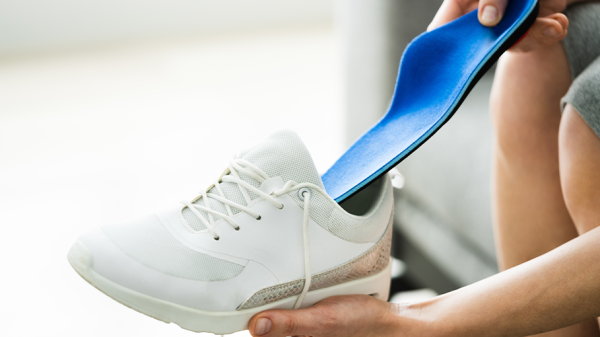If you’ve ever wondered whether it’s time to replace your faithful insoles, fret not – we’ve got your back! In this article, we’ll unravel the telltale signs that indicate it might be time for a fresh pair. From worn-out cushioning to funky odors and flattened support, we’ll guide you on a journey of self-discovery, helping you discern whether your beloved insoles are ready for retirement. Don’t worry, friend, we’re here to ensure your feet stay comfortable and happy!
Signs that indicate the need for insole replacement
Insoles are an important part of your footwear, providing comfort, support, and cushioning to your feet. Over time, however, they can wear out and lose their effectiveness. It is important to recognize the signs that indicate it is time to replace your insoles to ensure your feet remain comfortable and supported. Here are some key indicators to look out for:
Visible wear and tear
One of the most obvious signs that your insoles need to be replaced is visible wear and tear on the surface. Take a close look at your insoles and check for any signs of fraying or unraveling fabric, cracks or splits in the material, or any damaged or detached pieces. These are clear indications that your insoles have reached the end of their lifespan and are no longer providing the support and comfort they once did.
Loss of cushioning
Over time, insoles can become flattened or compressed, leading to a loss of cushioning. If you notice that your insoles feel flat or less padded than they used to, it may be time for a replacement. Reduced cushioning can result in decreased shock absorption and impact protection, leading to discomfort or pain in your feet, heels, or arches.
Lack of support
Insoles are designed to provide support to your feet, particularly in the arch area. If you find that the arch support in your insoles is no longer effective or that your feet feel unsupported or unbalanced, it is a clear sign that your insoles need to be replaced. Ignoring this lack of support can lead to issues with pronation or supination, potentially causing further discomfort or pain.
Discomfort or pain
If you experience increased foot, heel, or arch pain, it could be a sign that your insoles are no longer providing the necessary support and cushioning. Pay attention to any aching or soreness you may feel during or after physical activities. Additionally, painful pressure points on your feet can also indicate that your insoles are worn out and need to be replaced.
Increased foot odor
If you notice persistent or worsening foot odor that cannot be reduced with regular cleaning, it may be due to your insoles. Insoles that have been used for a long time can accumulate moisture and bacteria, leading to unpleasant odors. If you have tried various odor-reducing methods but the smell persists, replacing your insoles could be the solution.
Deformation or breakage
As your insoles age, they may begin to deform, bend, or crack. If you observe that your insoles have become warped or if pieces are starting to come apart, it is a clear indication that they are no longer functioning as they should. Insoles that are unable to maintain their shape will not provide the necessary support and comfort for your feet.
Insoles shifting or moving
If you find that your insoles are constantly shifting or slipping inside your shoes, it can be a sign that they are worn out and need to be replaced. Insoles that do not stay in place can cause discomfort and affect your gait. Properly positioned insoles are essential for providing the support and cushioning your feet need.
Increased fatigue or tiredness
Feeling more exhausted or fatigued than usual during physical activities can be a sign that your insoles are no longer effective. When your insoles are worn out and provide inadequate support, it can lead to increased muscle fatigue and strain. If you notice a decrease in your energy or endurance levels, it may be time to invest in new insoles.
Reduced shoe fit
If you find that your shoes no longer fit as well as they used to, it could be due to your insoles. Over time, insoles can lose their shape and thickness, resulting in a tighter fit or an improper fit. Ill-fitting shoes can cause discomfort, blisters, and foot pain. If you are experiencing these issues, replacing your insoles might be the solution to restore the proper fit and comfort of your shoes.
Professional recommendations
Seeking professional advice is always a good idea when it comes to determining whether your insoles need to be replaced. A podiatrist, orthopedist, or physical therapist can evaluate your feet and provide expert recommendations based on your specific needs. Additionally, consulting with a shoe store expert can also help you determine whether your insoles are worn out and need to be replaced.
In conclusion, recognizing the signs that indicate the need for insole replacement is crucial for maintaining the comfort and support your feet require. Watch out for visible wear and tear, loss of cushioning, lack of support, discomfort or pain, increased foot odor, deformation or breakage, insoles shifting or moving, increased fatigue or tiredness, and reduced shoe fit. When in doubt, consult a professional who can offer guidance and ensure your feet are cared for properly. Remember, taking care of your insoles ultimately means taking care of your feet.








































